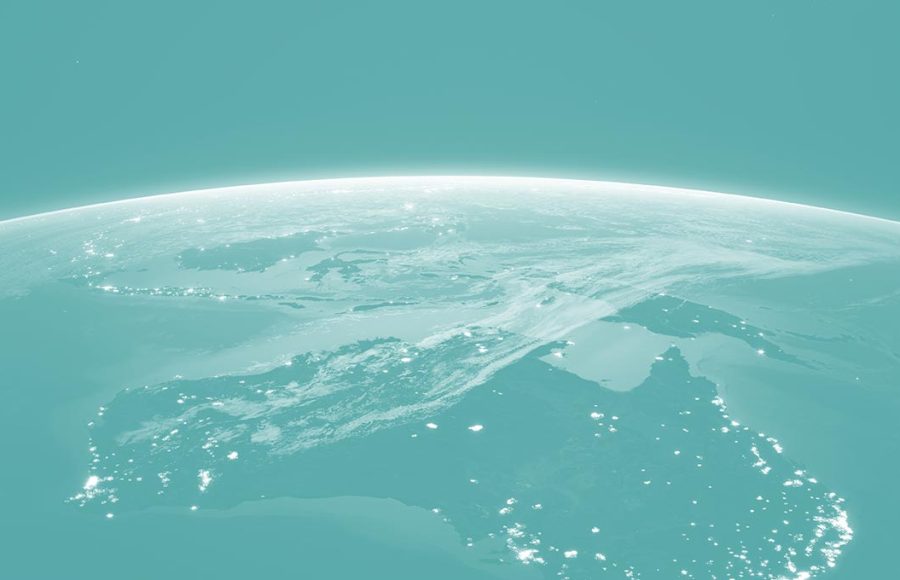Background
‘Critical Materials’ refers to a groups of rare earth elements and metals used in advanced manufacturing and technologies such as magnesium, tungsten, antimony, gallium, germanium, niobium, helium, tantalum, vanadium, scandium, lithium , iridium, platinum, chromium, cobalt, coking coal, natural graphite, silicon metal, and manganese.
Critical materials are crucial to modern economies. These materials are used for the production of key components of modern devices such as touch screens, fibre optics and play a key role in Defence and Aerospace technology. These materials can be found, however, in only a small number of locations in the world in commercial quantities. Many of these locations are in active conflict zones or in countries that are controlled by authoritarian governments. This poses an active security challenge to Australia and like-minded democracies who depend on these materials to fuel their modern economies.
The Key Issues
There are a number of key issues regarding the supply and demand of critical materials. These include:
- The location of deposits of critical materials, including, but not confined to the rare earth elements;
- The ownership and control of these deposits;
- The refining process, which is complex, costly and often environmentally unfriendly because of the noxious waste produced;
- Financing across the value chain, but in particular of refineries;
- Timelines to address potential vulnerability to monopoly and trade controls: Even assuming finance is available, the time to bring a refinery online, with the requisite environmental and other approvals, is measured in many years;
- The absence of a coherent public narrative about strategic materials and how market-based economies may need to adapt strategically to the challenges involved in limited or controlled supply.
What’s at Stake
China currently accounts for 70% of the global supply of these materials. This gives China significant economic leverage and potential coercive power over developed economies that rely on these materials to fuel their economies. These materials are crucial components of a wide-range of technologies including, for example, renewable energy systems. In a risk analysis of the European solar and wind industries, Rabe, Kostka and Stegen argue that concentration of materials such as tellurium, indium, gallium, neodymium and dysprosium leaves the European Union at risk of China’s increasingly controlled approach to industrial policy in which the exportation of these materials has become limited. Further, China has already shown a willingness to use these materials to economically coerce other countries, such as Japan. Australia happens to be one of the few countries in which there is sufficient supply of a number of critical materials, however Australia does not currently have an industry that supports the transformation of these materials into products of value that can be exported.
What Next?
To address this security challenge, Australia needs to make considerable policy choices now to ensure its medium and long-term economic independence. The Institute proposes that Australia:
- Consider strategic funding and investment in industry support and infrastructure. In doing this, Australia will be able to expand and sustain the discovery, extraction and perhaps most importantly, the processing of critical materials.
- Pursue and promote multilateral cooperation with like-minded democracies. Cooperation and discussion should be geared around the financing, mining, processing and trade of critical materials as a means to reduce dependence on states that pose geo-economic or geopolitical risk to the global market.
In Depth Reading
For more information and in-depth research, the following detailed publications are useful:
Critical Materials for the 21st Century Indo-Pacific
Australia’s Critical Minerals Strategy 2019
Critical Raw Materials in Europe
Digital Resource
Economic Security and Critical Materials. Digital Engagement Series. Canberra, Australia: Institute For Regional Security, 2019. https://www.youtube.com/watch?v=2RCYcKLMerc.
References
Hastie, Hamish. “Miners Look to Government to Protect ‘Vitamins of Industry.’” The Sydney Morning Herald, September 27, 2019. https://www.smh.com.au/business/the-economy/miners-look-to-government-to-protect-vitamins-of-industry-20190927-p52vk4.html.
Rabe, Wiebke, Genia Kostka, and Karen Smith Stegen. “China’s Supply of Critical Raw Materials: Risks for Europe’s Solar and Wind Industries?” Energy Policy 101 (February 1, 2017): 692–99. https://doi.org/10.1016/j.enpol.2016.09.019.
Wilson, Jeffrey. “Critical Materials for the 21st Century Indo-Pacific.” Perth, Australia: Perth USAsia Centre, May 2019.

